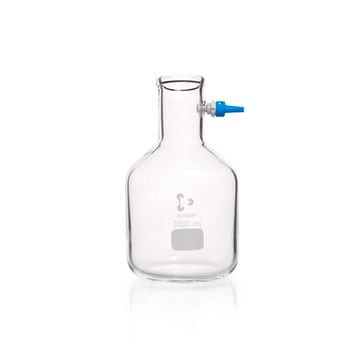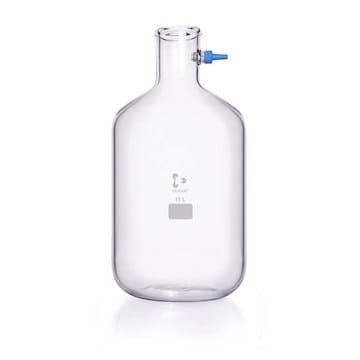MAB5210
Anti-Phosphacan Antibody, clone 122.2
ascites fluid, clone 122.2, Chemicon®
Synonym(s):
Receptor Tyrosine Phosphatase beta
About This Item
Recommended Products
biological source
mouse
Quality Level
antibody form
ascites fluid
antibody product type
primary antibodies
clone
122.2, monoclonal
species reactivity
rat
manufacturer/tradename
Chemicon®
technique(s)
immunocytochemistry: suitable
immunohistochemistry: suitable
western blot: suitable
isotype
IgM
UniProt accession no.
shipped in
dry ice
target post-translational modification
unmodified
Gene Information
human ... PTPRZ1(5803)
General description
Specificity
Application
Neuroscience
Growth Cones & Axon Guidance
Immunocytochemistry: 1:10
Immunohistochemistry on 4% paraformaldehyde fixed tissue: 1:1,000
Immunoprecipitation
Optimal working dilutions must be determined by the end user.
Physical form
Storage and Stability
Analysis Note
POSITIVE CONTROL:
embryonic or early post-natal rat brain.
Legal Information
Disclaimer
Not finding the right product?
Try our Product Selector Tool.
Storage Class
10 - Combustible liquids
wgk_germany
WGK 1
flash_point_f
Not applicable
flash_point_c
Not applicable
Certificates of Analysis (COA)
Search for Certificates of Analysis (COA) by entering the products Lot/Batch Number. Lot and Batch Numbers can be found on a product’s label following the words ‘Lot’ or ‘Batch’.
Already Own This Product?
Find documentation for the products that you have recently purchased in the Document Library.
Our team of scientists has experience in all areas of research including Life Science, Material Science, Chemical Synthesis, Chromatography, Analytical and many others.
Contact Technical Service








